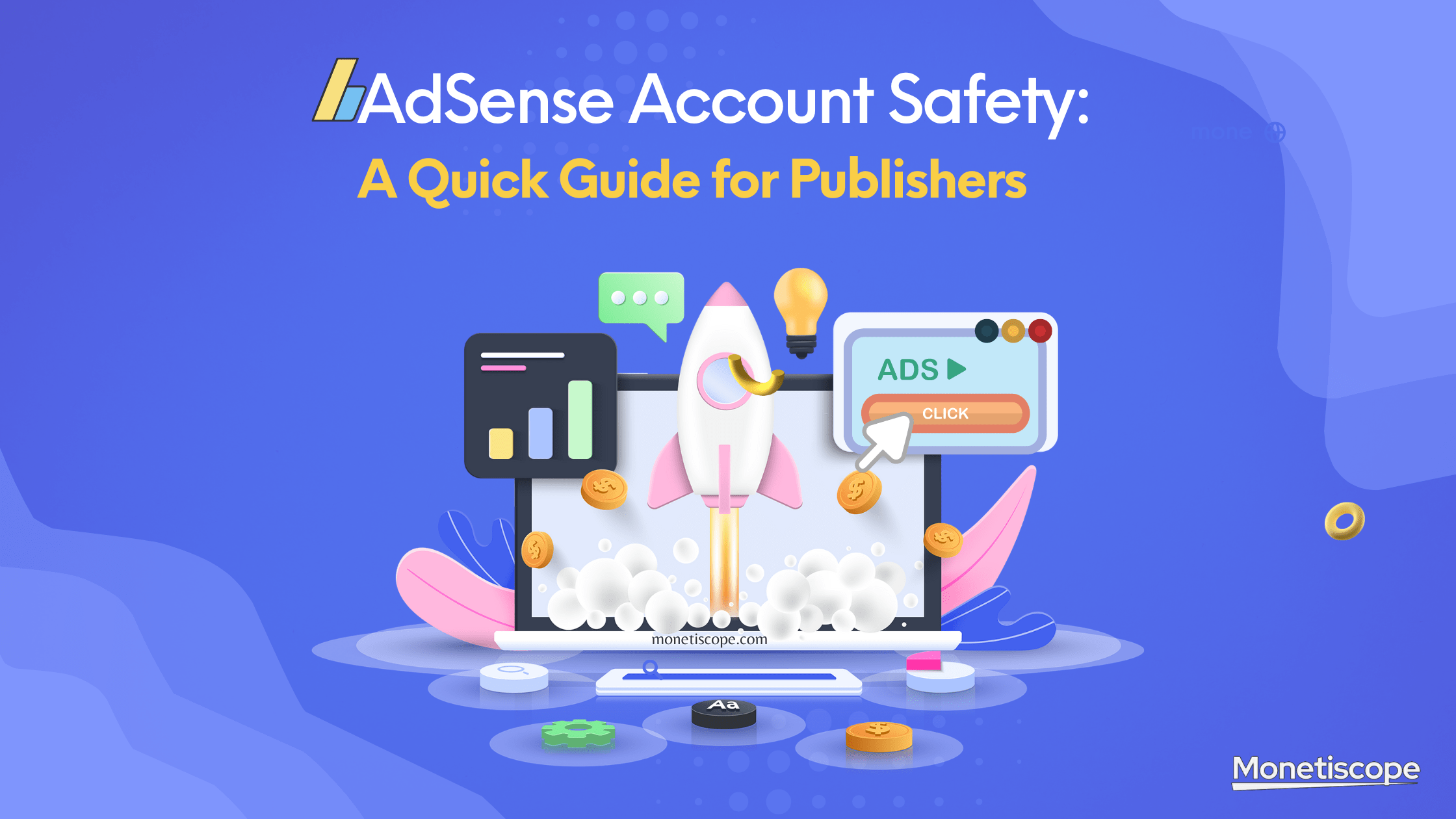In the ever-evolving world of online publishing, maintaining a solid relationship with Google AdSense is crucial for sustained revenue. This guide aims to shed light on the reasons behind AdSense bans, particularly focusing on the menace of invalid click activity, and provides actionable insights to steer clear of potential pitfalls.
Understanding Google AdSense Account Bans:
Google AdSense, as a leading ad network, upholds stringent policies to ensure the integrity of its ecosystem. Publishers often face the risk of account bans due to policy violations, which can lead to a loss of revenue and impact the overall user experience.
Common Reasons for AdSense Account Bans:
1. Invalid Click Activity:
Invalid click activity, whether unintentional or orchestrated, poses a significant risk of AdSense account bans. It’s crucial to understand and avoid any engagement in or encouragement of invalid click behavior.
2. Content Violations:
Violating Google’s content policies, such as promoting prohibited content or engaging in copyright infringement, can lead to account suspension. Publishers should carefully adhere to content guidelines.
3. Insufficient Content Quality:
Websites with thin or low-quality content may face penalties. AdSense values sites that provide valuable, original, and content-rich experiences for users.
4. Privacy and Data Collection Issues:
Non-compliance with privacy regulations or engaging in unethical data collection practices can result in AdSense account restrictions. Publishers must prioritize transparent and ethical data practices.
5. Unapproved Website Changes:
Making substantial changes to a website, like altering the primary language or pivoting to prohibited content, without seeking AdSense approval can lead to issues.
Avoiding AdSense Account Bans: Proactive Measures
1. Adherence to Policies:
A deep understanding and strict adherence to AdSense policies are fundamental. Regularly review and stay updated on policy changes to ensure ongoing compliance.
2. Quality Content Creation:
Prioritize the creation of high-quality, original content that aligns with your audience’s interests. Quality content not only avoids policy violations but also enhances user engagement.
3. User Engagement and Experience:
Prioritize a positive user experience by optimizing website navigation, reducing intrusive ads, and ensuring fast page load times. Positive user engagement contributes to a healthier ad ecosystem.
4. Transparent Privacy Practices:
Clearly communicate your site’s privacy policy and ensure compliance with global data protection regulations. Uphold ethical and transparent data collection practices.
5. Regular Content Audits:
Conduct periodic audits of your content to identify and rectify any potential policy violations or content issues. Proactively address any red flags.
6. Monitoring Traffic Sources:
Vigilantly monitor your site’s traffic sources and be cautious of any unusual click patterns that may signal invalid activity. Regularly review your site analytics for any irregularities.
7. Regularly Address Violations:
If notified of policy violations, address and rectify issues promptly. Demonstrate a commitment to compliance and a proactive approach to resolving any flagged concerns.
Conclusion: Navigating the AdSense Landscape Responsibly
Safeguarding your AdSense account requires a proactive and responsible approach. By understanding the common reasons for bans and implementing proactive measures, publishers can mitigate risks and contribute to a healthy digital advertising ecosystem. Upholding integrity and transparency is key to a long-lasting and successful partnership with Google AdSense.


